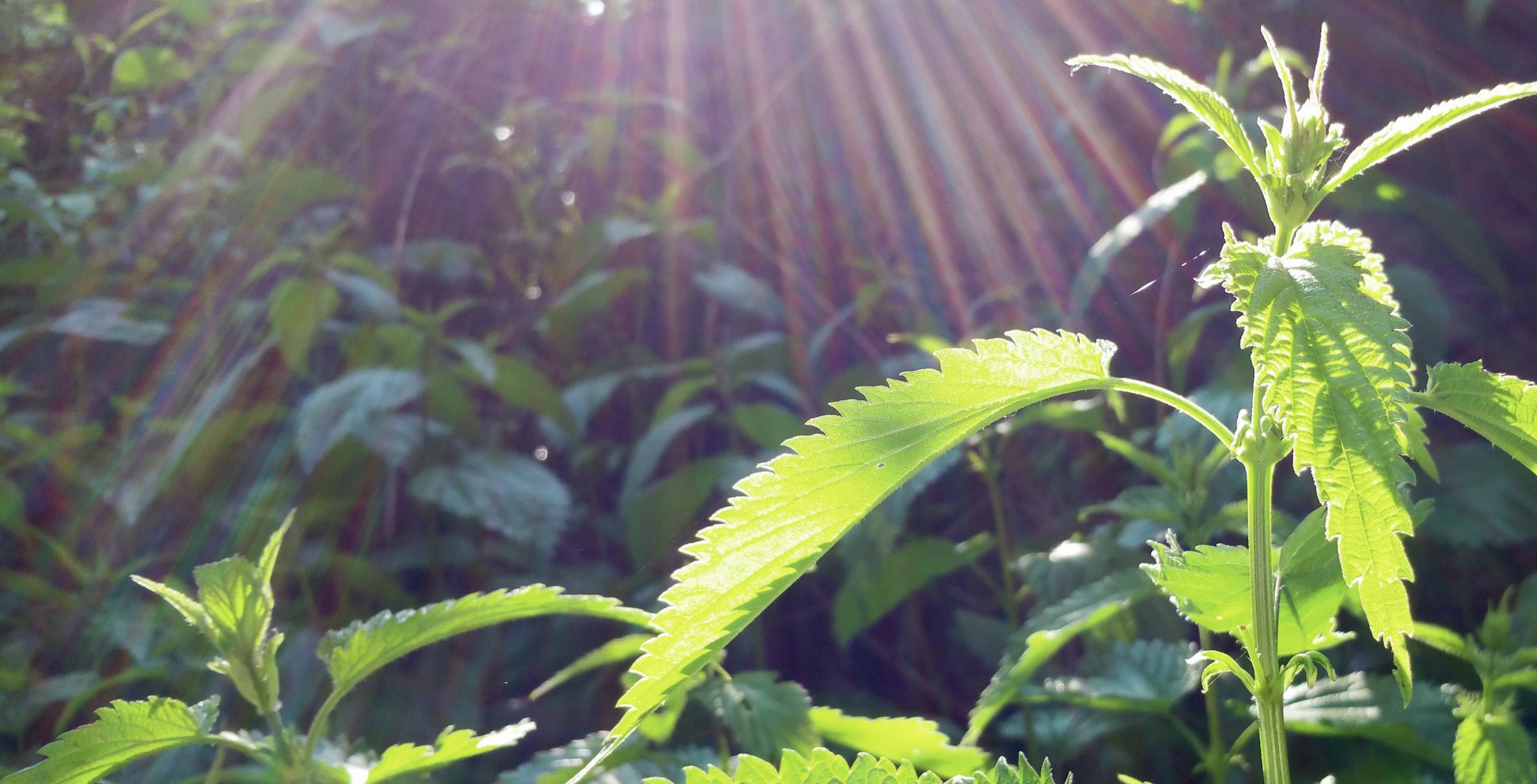
Stinging nettles (Urtica dioica) are covered in tiny hollow hairs called trichomes. The trichomes are filled with a sap, containing a cocktail of biochemical irritants. These include neurotransmitters (histamine, serotonin and acetylcholine) and organic acids, such as formic acid (methanoic acid), tartaric acid (2,3-dihydroxybutanedioic acid) and oxalic acid (ethanedioic acid, see Figure 1). When brushed against, the trichomes’ silica tips break off, acting like miniature hypodermic needles injecting the skin with the irritating sap.
The primary source of pain was originally thought to be from methanoic acid, but it is only present in low concentrations. Histamine, serotonin and acetylcholine cause pain and inflammation, and the tartaric and oxalic acid in some nettle species have been noted to extend pain duration.
Your organisation does not have access to this article.
Sign up today to give your students the edge they need to achieve their best grades with subject expertise
Subscribe




